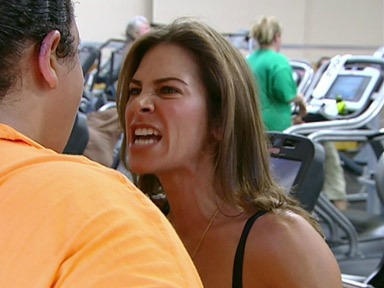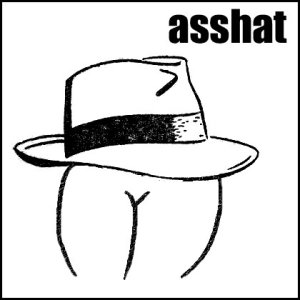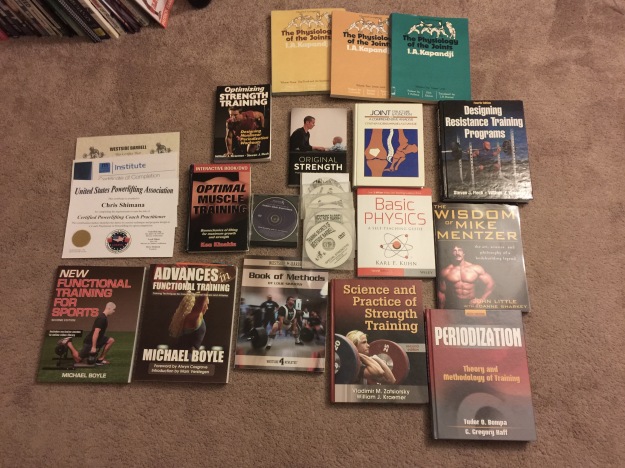Force Majeure: An event or effect that cannot be reasonably anticipated or controlled — compare Act of God.
Unfortunately, accidents in training can happen. In the best case scenario nobody was hurt and things continue normally. In the worst case scenarios there may never be another session. As fitness professionals we must remember that while engaged in the science and art of our profession only one thing is important and demands our full attention, the person(s) in front of us at the time.
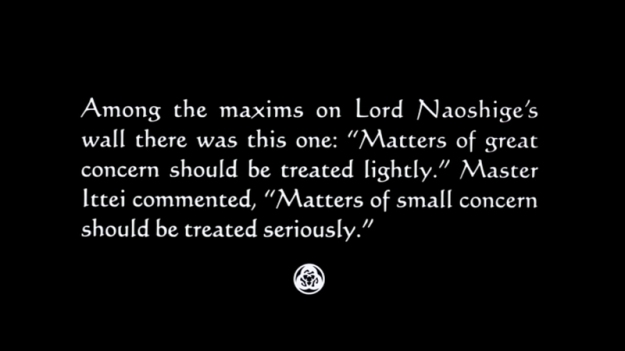
From Hagakure, The Book of the Samurai. It’s those small things that people trip over and creates issues that could possibly been avoided in the first place
I’ve had a machines cable snap on me and adjustable benches lose positioning under loaded movement. I’ve sat in chairs that were wobbly and seen treadmills suddenly stop moving. While these sorts of things are not predictable, as coaches and trainers we can take measures to reduce the likelihood of accidents happening.
I have a natural affinity to hardcore chalk and iron gyms. A person would think I wouldn’t care what sort of gear I use so long as it is heavy and gets the job done. Fact is I care about my clients safety and experience. Every trainer will likely say that, but their actions don’t always match their words.
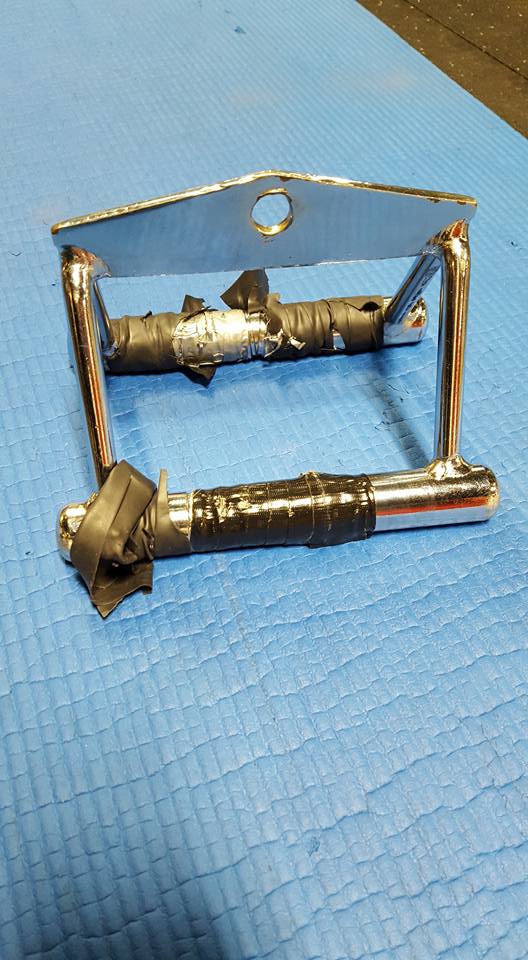
Case in point, the handle pictured above costs around $30 USD to replace. Thanks to having an internet connection I can have one at my doorstep in two days. The gym owner/personal trainer that owns this handle was seeking input on what tape holds up longer than a few months and plenty of trainers were eager to provide input. Aside from the biomechanical and sanitary considerations, what sort of image does having broke ass equipment laying around send to clients?
What are the odds the handles taping would be (and remain) identical in diameter? If the diameter differs the grip pattern and muscle activations differ. Each side of the kinetic chain would be challenged differently.
SIDEBAR: Yes, I have bought equipment for my clients if I felt the gyms option was inferior. I take pride in my work and that extends to the tools that my clients use.
Several of my athletes are State and National level lifters or fighters. A lifting accident could be hospital-level serious given the loads these people work with. That said, even light weights are not underestimated and the same level of attention is given to my non-athlete clients. I pre-inspect equipment prior use, including “stress testing”benches,bands and TRX units and run machines through loaded reps usually above the clients ability simply to make sure things are working properly. I even run my fingers along the grip surfaces to feel for flaws that could cut into hands.
If something feels sketchy, it probably is sketchy and I’d rather the equipment fail on me than a client.
Words of wisdom from people far smarter than myself.
“First, do no harm” Hippocrates
“If an athlete gets hurt in training, it’s your fault.” Coach Dan John, Strength Coach and Master RKC
“Training should not lead to injury.” Coach Mike Boyle, Mike Boyle Strength and Conditioning
“Accept responsibility for what you do” Coach Vern Gambetta, Gambetta Sports Training Systems
“Any “trainer” can make you tired and sore. Not every “coach” can make you a better athlete and person.” Coach Martin Rooney, Training for Warriors
In my opinion too many trainers never learned this, or somehow believe the words don’t apply to them. Demand better.






